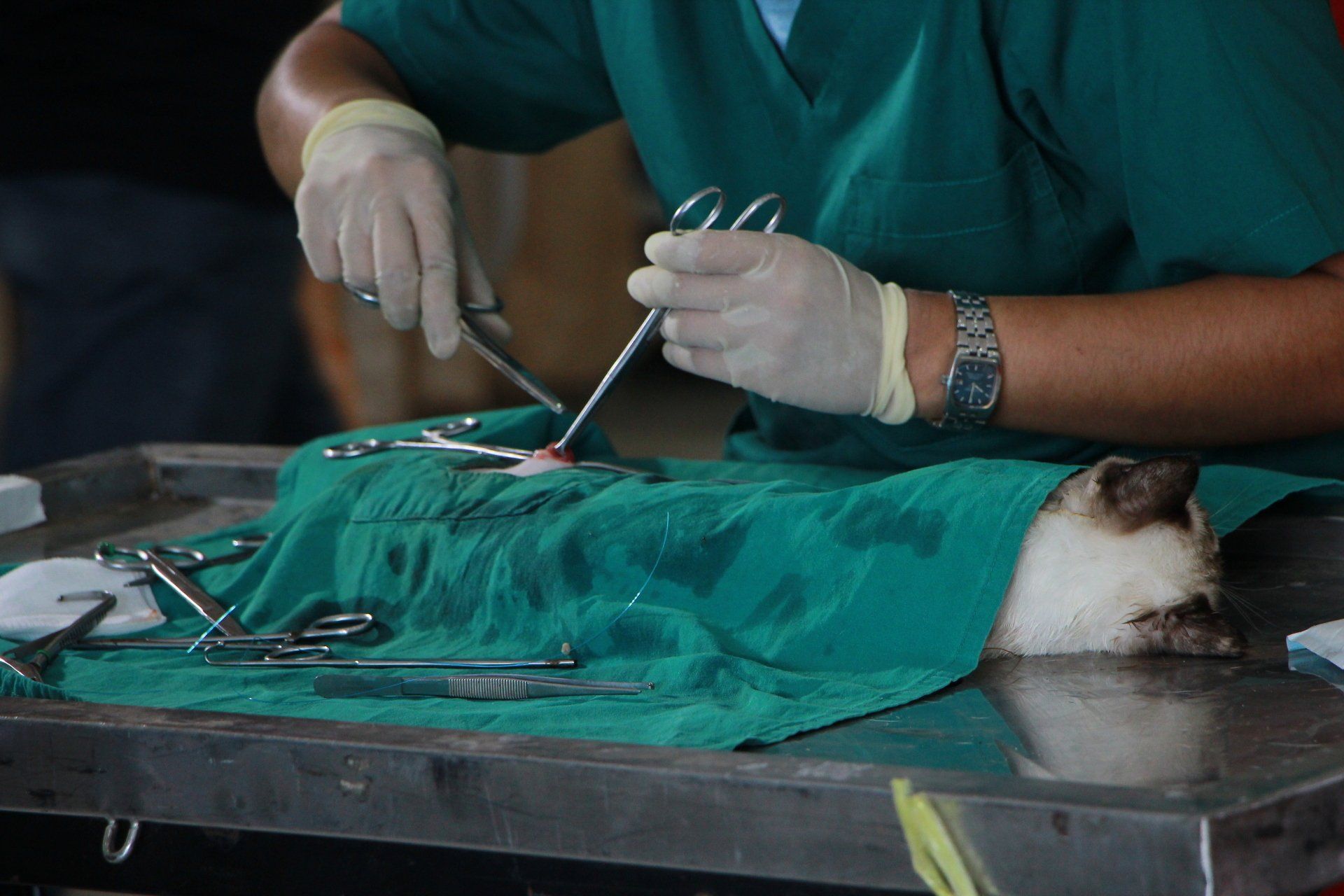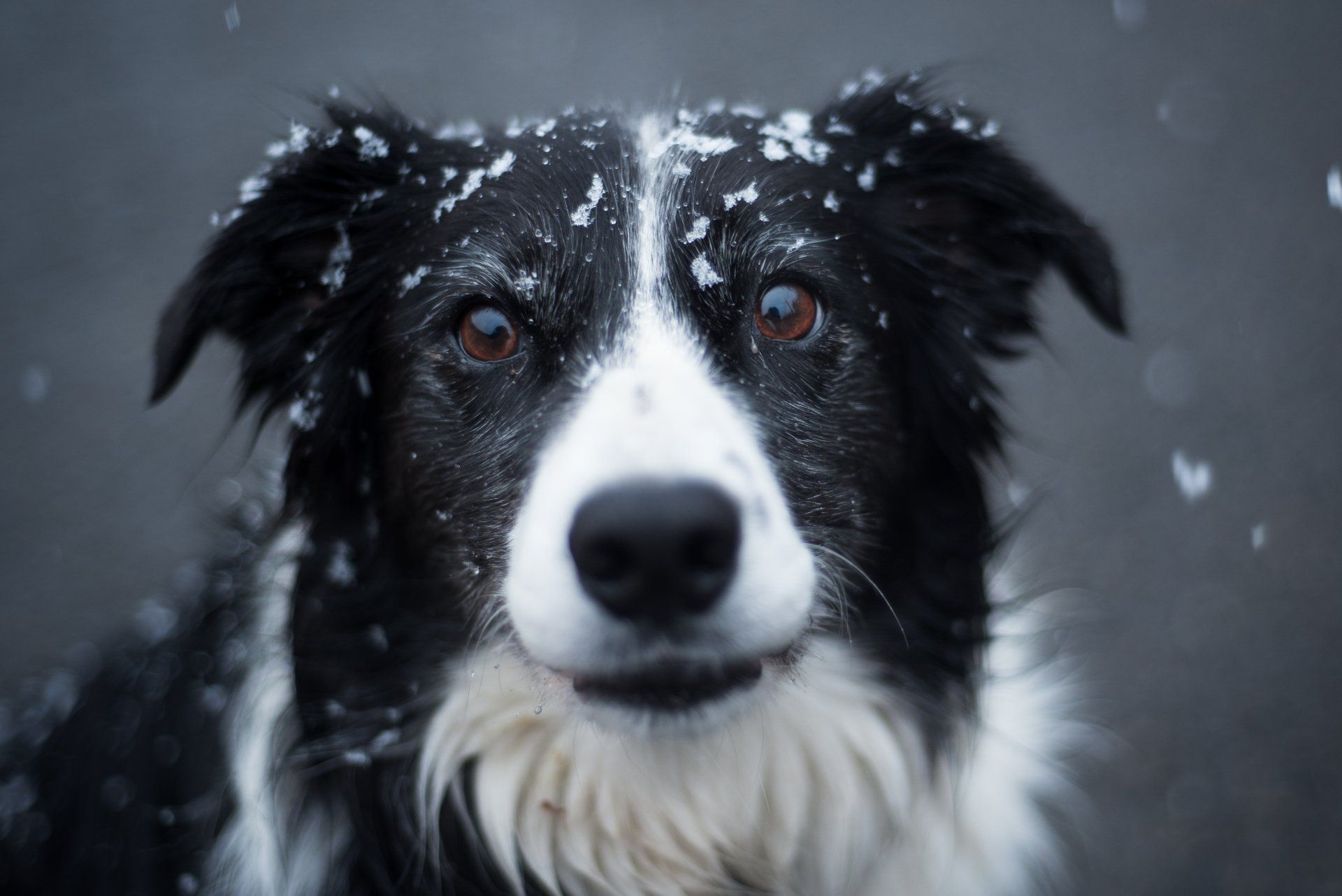Get in touch
555-555-5555
mymail@mailservice.com

Spaying and Neutering Dogs and Cats
Spays and neuters are some of the most commonly performed surgeries in a general practice veterinary clinic. In addition to population control, there are long-term health benefits of altering male and female animals. Even though spays and neuters are done frequently and most pet owners have gone through the recovery process with a cat or dog, many people do not know exactly what these surgeries entail. We’ll dive into some detail for both spaying and neutering dogs and cats.
Preparation
For almost all surgical procedures, it is necessary to fast overnight. This generally means no food after dinner the night before, but it’s ok to offer water. Make sure to take your dog out for their normal morning walk before bringing them to the clinic. If your pet is on medication, check with your veterinarian to see if it should be given. Blood work including a complete blood count and chemistry panel are usually checked before your pet goes under anesthesia - this might be done the day of surgery or a few weeks before.
Remember to plan your morning accordingly so you are on time for your appointment. You’ll have to fill out paperwork and answer some questions during drop-off. You will likely be asked if you want to microchip your pet - it’s a great time to have this done!
Spays
A spay is the surgical removal of the uterus and ovaries (ovariohysterectomy) or ovaries alone (ovariectomy). The most important part of a spay is to remove the ovaries since they are the main producers of hormones. The procedure to spay a dog or cat is much more invasive than a neuter as it involves entering the abdomen.
In addition to preventing pregnancy, another benefit of spaying is a significant reduction in the risk of mammary cancer. It also eliminates the risk of pyometra, which is a life-threatening infection of the uterus that has to be fixed with emergency surgery. Once a dog or cat is spayed they no longer go through heat cycles, which can be messy and bothersome for pet and owner.
It is generally recommended to spay cats at 6 months of age. Small and medium sized dogs are generally spayed at around 6 months of age as well, before their first heat cycle. Some veterinarians recommend large and giant breed dogs wait until they are done growing to be spayed, which can be as late as 2 years of age for giant breeds.
Neuters
Neutering is the surgical removal of the testicles (orchiectomy). This tends to be less invasive than a spay since the abdomen is not opened - testicles are not typically found within the abdominal cavity. The benefits of neutering include population control, prevention of testicular cancer, and reducing the risk of prostatitis, which is an infection of the prostate that can be life-threatening.
Some dogs are born with a condition called cryptorchidism, which is when one or both testicles are retained in the inguinal region, which is near the upper inner thigh, or within the abdomen. If the testicle is retained in the abdomen, removing it is a more invasive procedure than a normal neuter. Removing cryptorchid testicles is important - testicles are supposed to be in the scrotum and outside the abdomen to stay cool, so when they are retained in the belly they are warmer than they are supposed to be. This abnormal environment makes them likely to become cancerous over time.
Currently, many veterinarians recommend neutering cats at around 6 months of age before they start exhibiting undesirable behaviors like urine spraying. Dogs are generally neutered when they are done growing, but can be done earlier if there are undesirable behaviors like humping.

Gastropexy
A gastropexy is a stomach-tacking procedure performed in dogs that significantly lowers the risk of gastric dilatation-volvulus (GDV), which is also known as bloat or a flipped stomach. GDV is a life-threatening surgical emergency. A gastropexy is often done at the same time as a spay or neuter. The risk of this illness is higher in larger dogs with deep chests, like Great Danes and Weimaraners.
Recovery
The recovery process is basically the same for all procedures and includes strict rest, preventing licking at the incision, and giving pain medication. To prevent your dog or cat from licking their incision, your vet will send home an Elizabethan collar (e-collar). Some pets do not tolerate the hard plastic e-collars, so it may be beneficial to bring your own soft or inflatable e-collar, or use a body suit to cover the incision. Typically, dogs and cats are sent home with a non-steroidal anti-inflammatory drug (NSAID) to control post-operative pain and inflammation. Other medications like gabapentin and trazodone may be sent home to help keep your pet quiet. Rest and protecting the incision generally last for 10-14 days, which is how long it takes the skin to heal. If your pet tolerates it, icing the incision with an ice pack covered with a towel for 5-10 minutes at a time several times a day for the first couple days after surgery can be helpful as well.
Sometimes there are stitches in the skin that need to be removed 10-14 days after surgery, but it is common for all stitches to be dissolvable and under the skin so there is no follow-up required.
Complications
If you follow the post-operative instructions from your veterinarian, the risk of complications after surgery is very low. The most common cause of complication is not resting your pet adequately or allowing them to lick or scratch at the incision. Infection, dehiscence (opening of the incision), internal bleeding, or excessive pain are the most common complications. Though these procedures are performed very frequently, they are invasive and following all recommendations will reduce the risk of complications.



